Description
Three Models of Peristaltic Pumps
- The Vector 2000 series peristaltic pump has a roller design and is applied to applications requiring lower pressures, less than 100 PSI at flow rates as high as 211 GPM.
- The Hua Yun IHP series peristaltic pump also has a roller design, but due to an upgraded housing design meant to disperse heat and reduce compression friction, these can be used for pressures up to 200 PSI and flow rates as high as 445 GPM.
- The Vector 4000 series peristaltic pump has a shoe design with glycerin lubricant in support of pressures up to 200 PSI and flow rates as high as 135 GPM.
- There are no seals to wear out, inventory or replace. Only the hose is in contact with the fluid pumped, so with a compatible hose material and proactive hose replacement reliability is fantastic and maintenance costs minimal.
- They have great suction lift capabilities, which is beneficial for many transfer applications where fluids or slurries are transferred from a tote, tanker or holding tank to a process or some other container.
- Peristaltic pumps tolerate relatively large solids, minimizing filtration requirements. This also makes them ideal for transferring reclaimed fluids; a big application for peristaltic pumps is dockside transfer of raw sewage to temporary storage tanks.
- Peristaltic pumps can be operated dry as they are not dependent upon the fluid being pumped for cooling or lubrication. This simplifies a fluid system by eliminating low liquid level sensing equipment in some circumstances and reduces product waste for transfer applications.
- Compared to air operated diaphragm pumps, peristaltic pumps do not require compressed air, will not stall when run at low RPM’s and operate equally well in both hot and cold weather.
- The pumping direction for peristaltic pumps can be reversed in support of using one pump for both filling and transfer applications.
The following links are organized by flow rate and pressure, each page contains specific information about that pump model, including its pump curve and catalog pages.
| 2000 Series (low pressure) | 4000 Series (Shoe, high pressure) | IHP Series (Roller, high pressure) |
| 2002: ≤ 18 GPH ≤ 30 PSI | 4003: ≤ 39 GPH and 110 PSI | IHP5Z, IHP10Z, IHP15Z ≤ 26 GPH ≤ 174 PSI |
| 2003: ≤ 1 GPM ≤ 20 PSI | 4004: ≤ 2 GPM and 110 PSI | |
| 2004: ≤ 2.50 GPM ≤ 45 PSI | 3005: ≤ 9.00 GPM and 200 PSI | IHP20Z, IHP25Z, IHP32Z ≤ 11.5 GPM ≤ 232 PSI |
| 2005: ≤ 6.00 GPM and 50 PSI | 4006: ≤ 9 GPM ≤ 218 PSI | |
| 2006: ≤ 14.0 GPM and 60 PSI | 4007: ≤ 16 GPM ≤ 218 PSI | IHP40Z, IHP50Z, IHP65Z ≤ 106 GPM ≤ 232 PSI |
| 2007: ≤ 40.0 GPM and 60 PSI | 4009: ≤ 36 GPM ≤ 218 PSI | |
| 2008: ≤ 50.0 GPM and 100 PSI | 4010: ≤ 58 GPM ≤ 218 PSI | |
| 2009: ≤ 120 GPM and 100 PSI | 4014: ≤ 135 GPM ≤ 218 PSI | IHP80Z, IHP90Z, IHP100Z ≤ 222 GPM ≤ 232 PSI |
| 2010: ≤ 211 GPM and 116 PSI | IHP265Z, IHP280Z, IHP290Z, IHP2100Z ≤ 445 GPM ≤ 232 PSI |
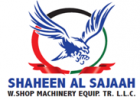
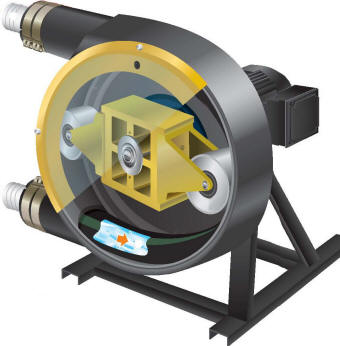
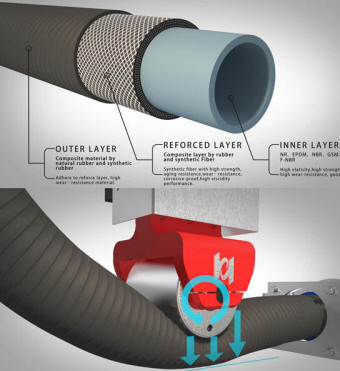
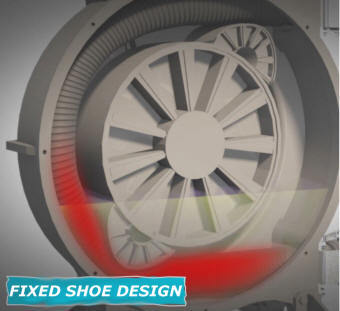
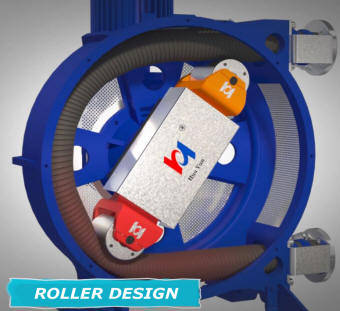
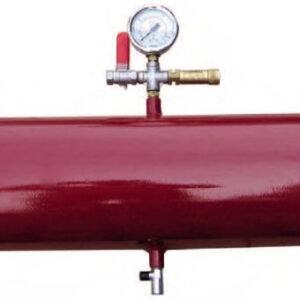
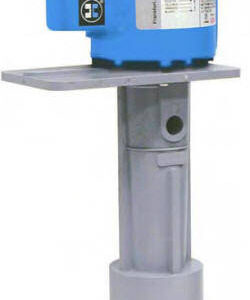
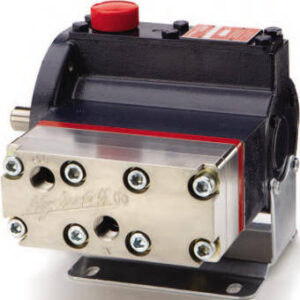
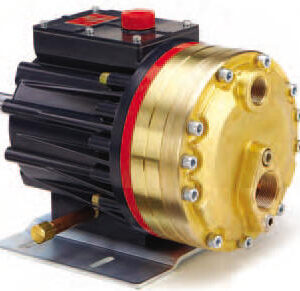

Reviews
There are no reviews yet.